20 pages • 40 minutes read
Langston HughesThe Weary Blues
Fiction | Poem | Adult | Published in 1926A modern alternative to SparkNotes and CliffsNotes, SuperSummary offers high-quality Study Guides with detailed chapter summaries and analysis of major themes, characters, and more.
Background
Literary Context
Before “The Weary Blues” came out in Langston Hughes’ first book, it was published in 1925 by Opportunity, the magazine put out by the Black civil rights organization the Urban League. The poem won the magazine’s top prize in poetry. The publication history of “The Weary Blues” further ties it to the Harlem Renaissance—a period of remarkable Black creativity from the 1920s until the mid-1930s, Opportunity played a critical role in providing a platform to Harlem Renaissance writers like Zora Neale Hurston, Claude McKay, Countee Cullen, and, of course, Hughes. His poem reflects the top priorities of Harlem Renaissance artists as it supplies an unfiltered glimpse at a Black life in diction and tone congruent with the Black community. The poem’s rhythm displays the influence of jazz and blues on Harlem Renaissance artists, and the singer’s lyrics highlight how Hughes and other artists at the time felt empowered to exhibit the locution often found in their community.
Another literary context for “The Weary Blues” is Modernism. Modernism is typically associated with white writers and poets like Gertrude Stein, Virginia Woolf, James Joyce, and T. S.
Related Titles
By Langston Hughes
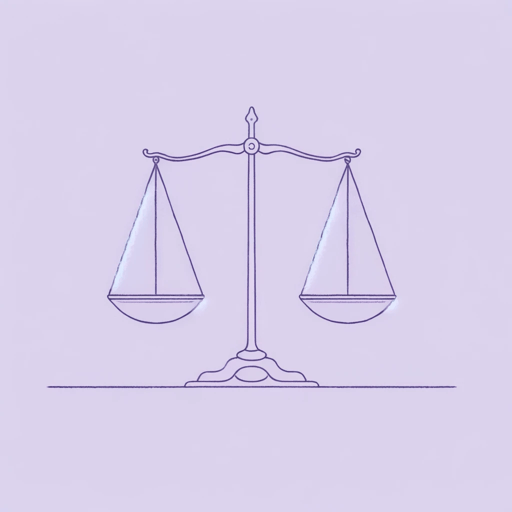
Children’s Rhymes
Langston Hughes

Cora Unashamed
Langston Hughes
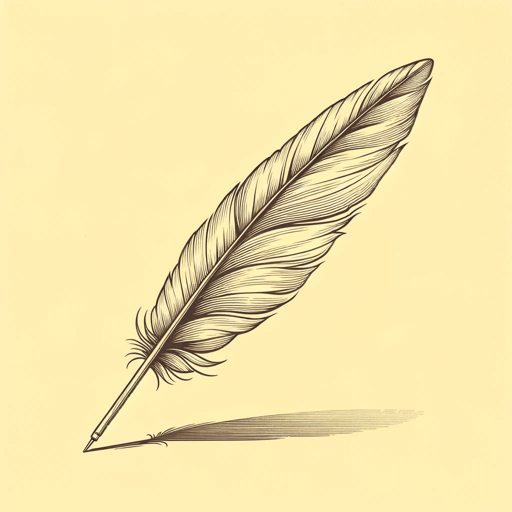
Dreams
Langston Hughes

Harlem
Langston Hughes
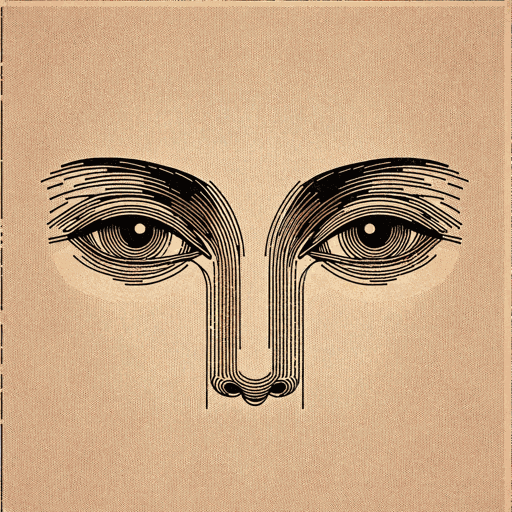
I look at the world
Langston Hughes
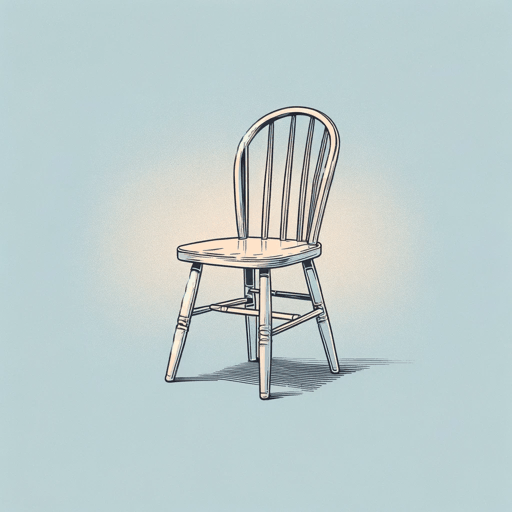
I, Too
Langston Hughes
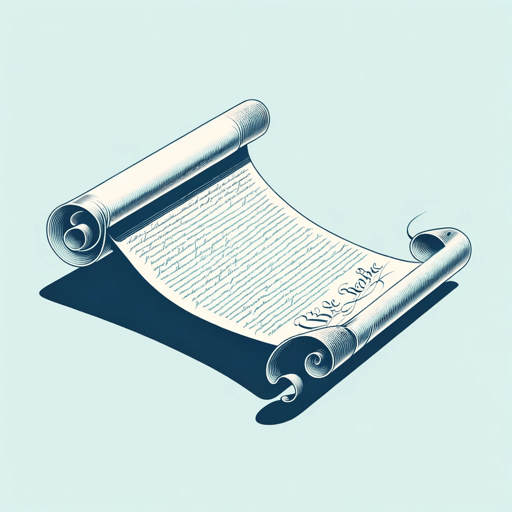
Let America Be America Again
Langston Hughes
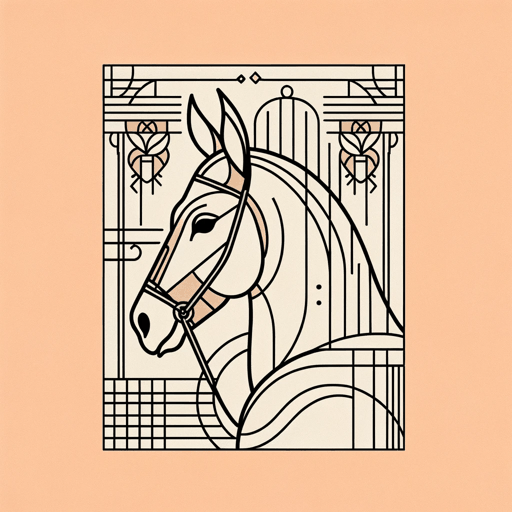
Me and the Mule
Langston Hughes

Mother to Son
Langston Hughes

Mulatto
Langston Hughes

Mule Bone: A Comedy of Negro Life
Langston Hughes, Zora Neale Hurston
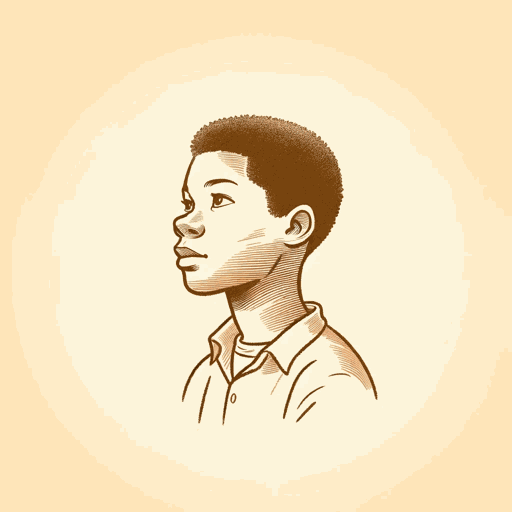
Not Without Laughter
Langston Hughes
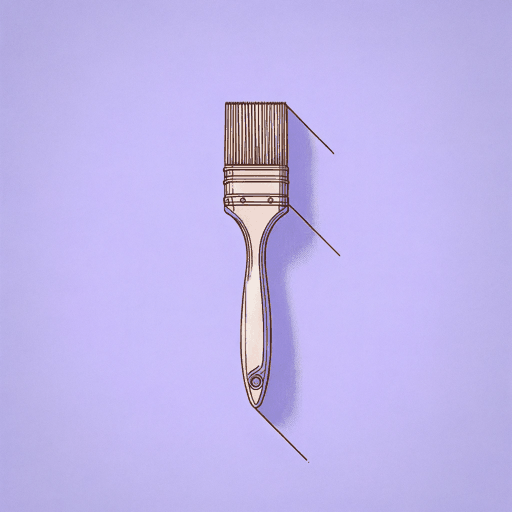
Slave on the Block
Langston Hughes
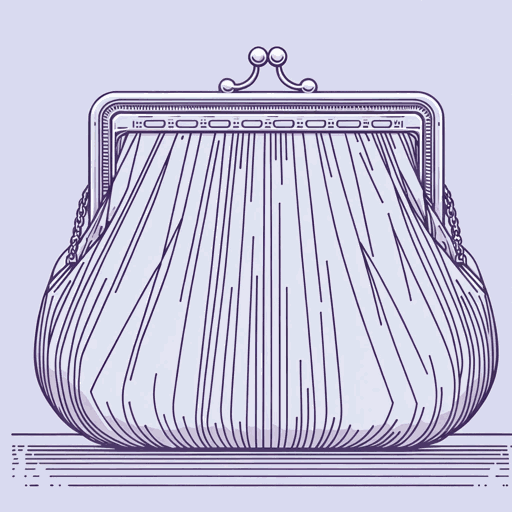
Thank You, M'am
Langston Hughes

The Big Sea
Langston Hughes
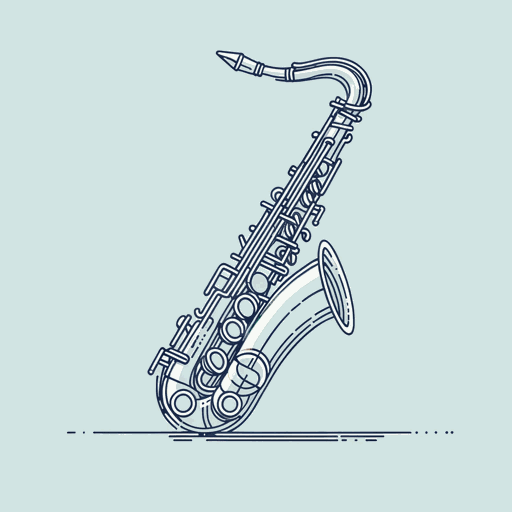
Theme for English B
Langston Hughes

The Negro Artist and the Racial Mountain
Langston Hughes

The Negro Speaks of Rivers
Langston Hughes
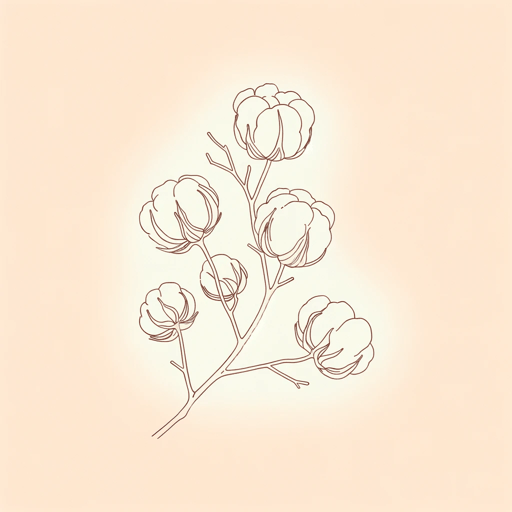
The Ways of White Folks
Langston Hughes

Tired
Langston Hughes

